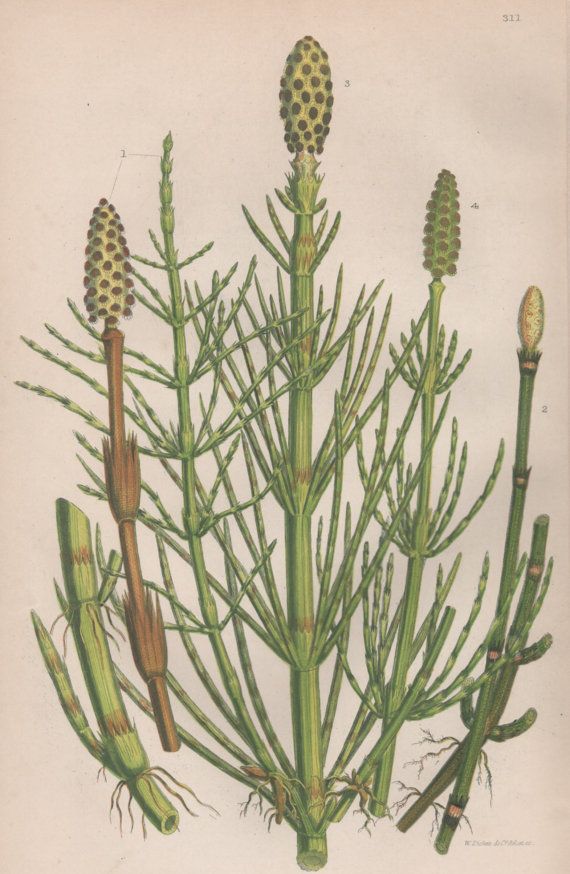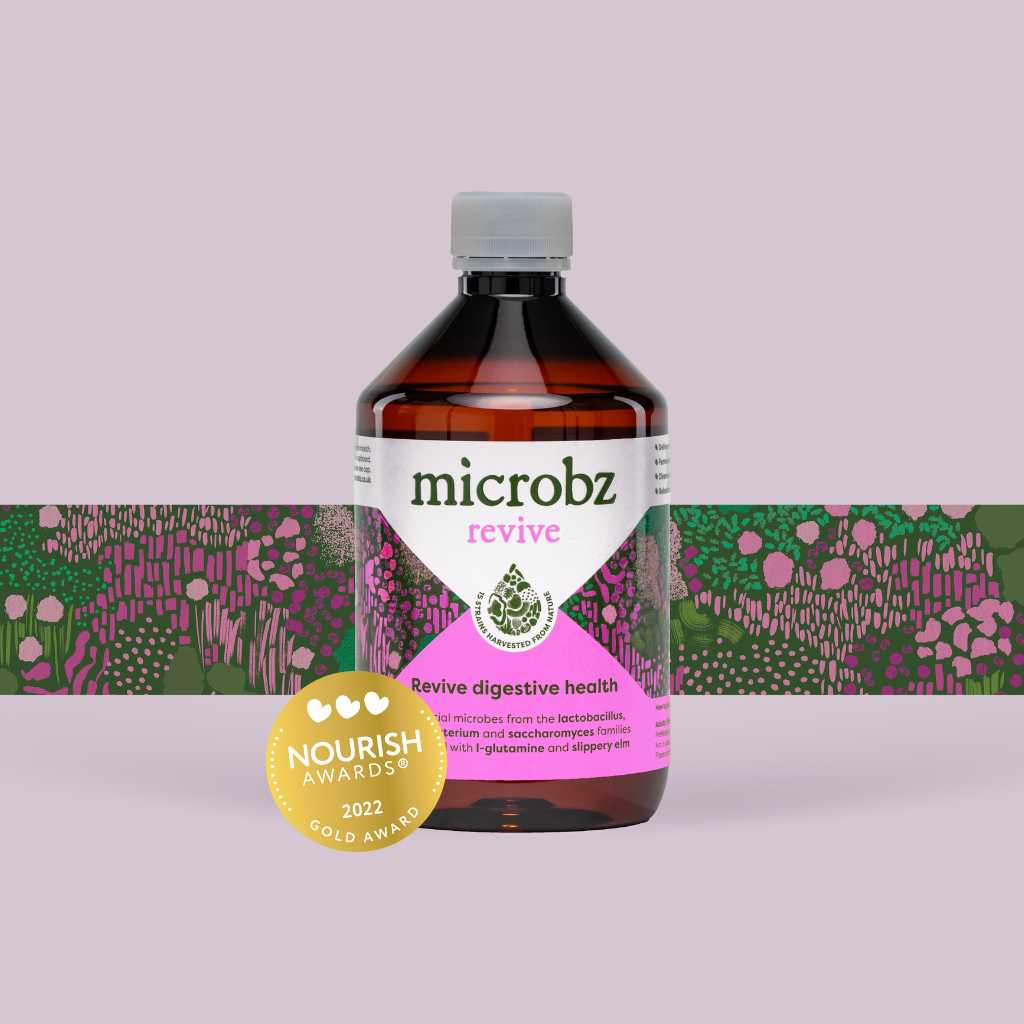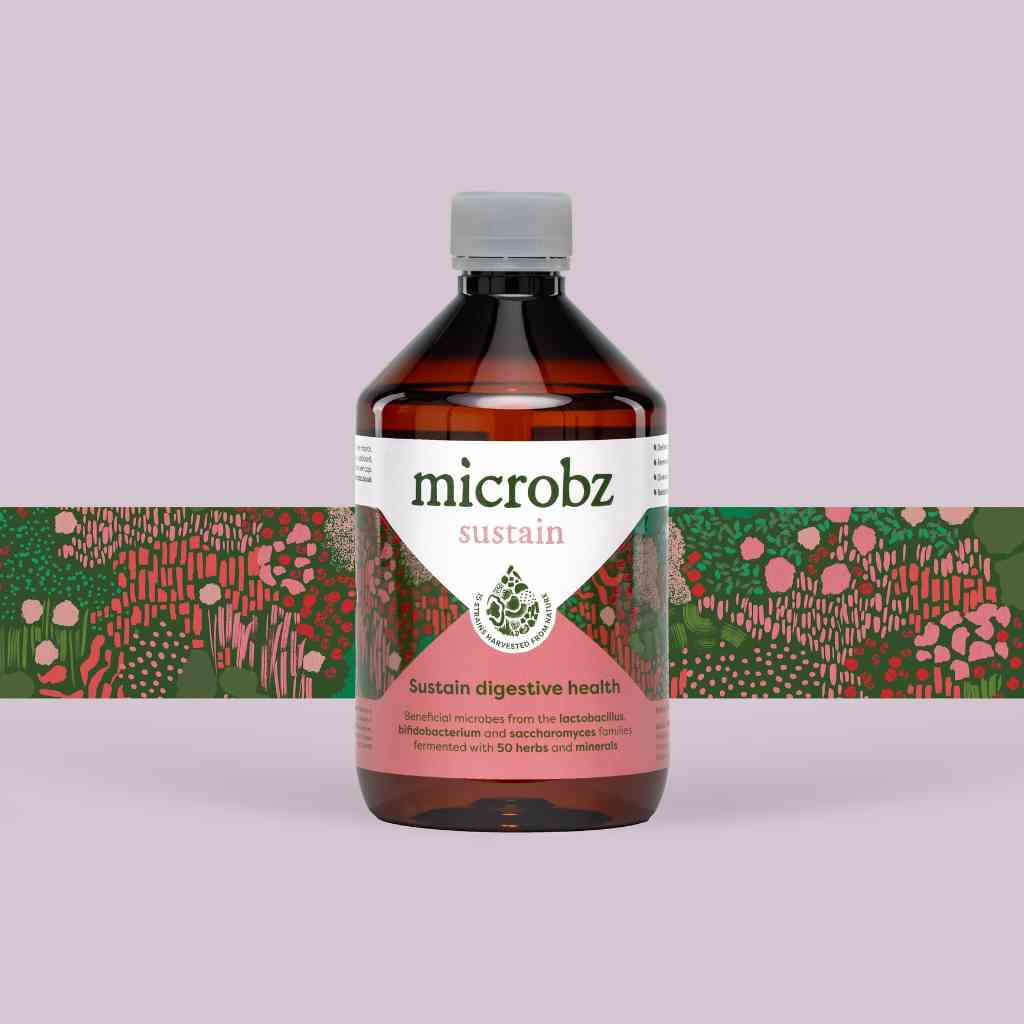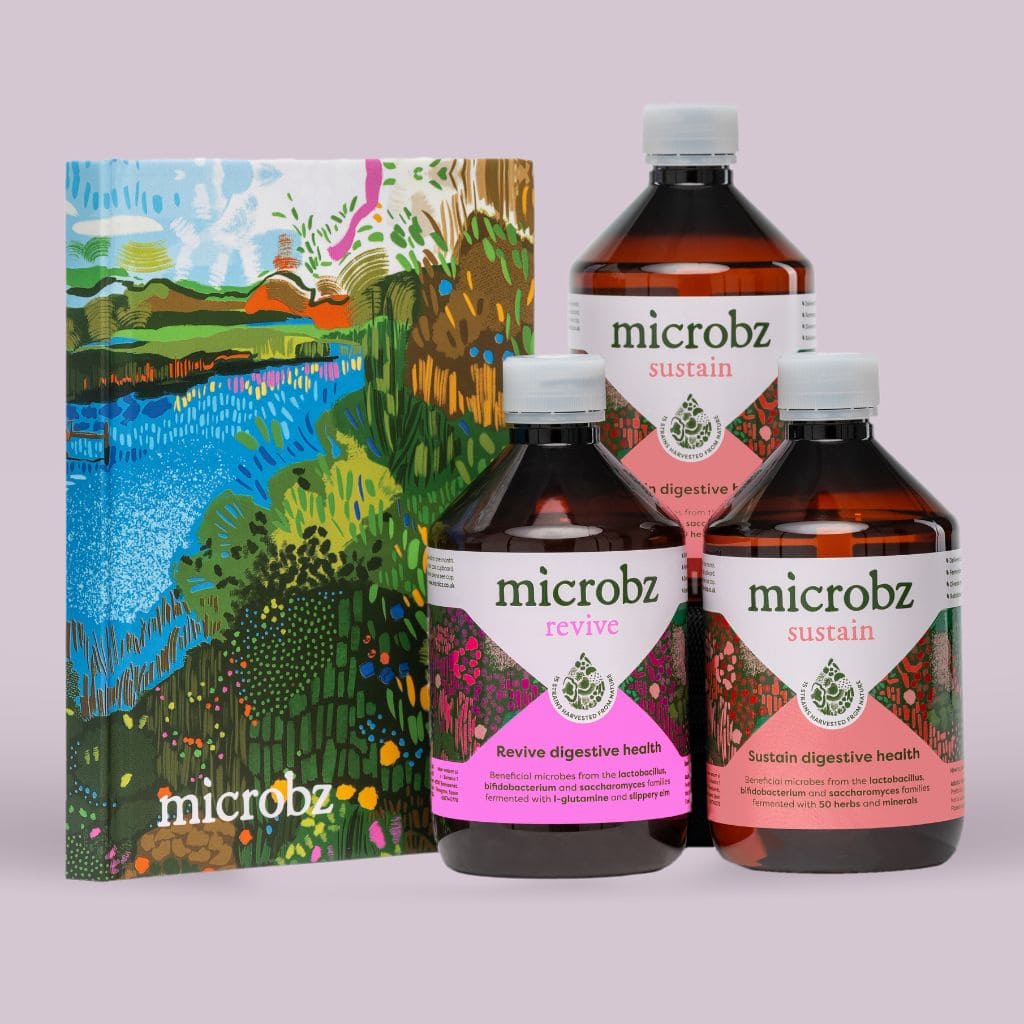History
Parts used:
The sterile aerial parts, harvested mid to late summer.
Constituents (bio available chemicals):
Saponin – equisetonin, Alkaloids, Flavonoids, Phytosterols, Silicic acid 5-8% Silicon.
Nutritional constituents:
Indications:
Provides strength and flexibility to the connective tissues of the body including cartilage, tendons, skin, joints, bone, teeth, and blood vessels. Silica is essential in the formation of collagen. It has been used for centuries to support the repair of the body. Also used to strengthen weak nails and hair. Commonly used to assist in urinary tract disorders including chronic cystitis, incontinence and bedwetting. Can be used externally on wounds to stop bleeding and reduce recovery and repair time. Reduces swelling in swollen eyelids.
Dosage:
Dried herb: 3-12 grams daily. Liquid extract (1-2): 20-40ml per week




